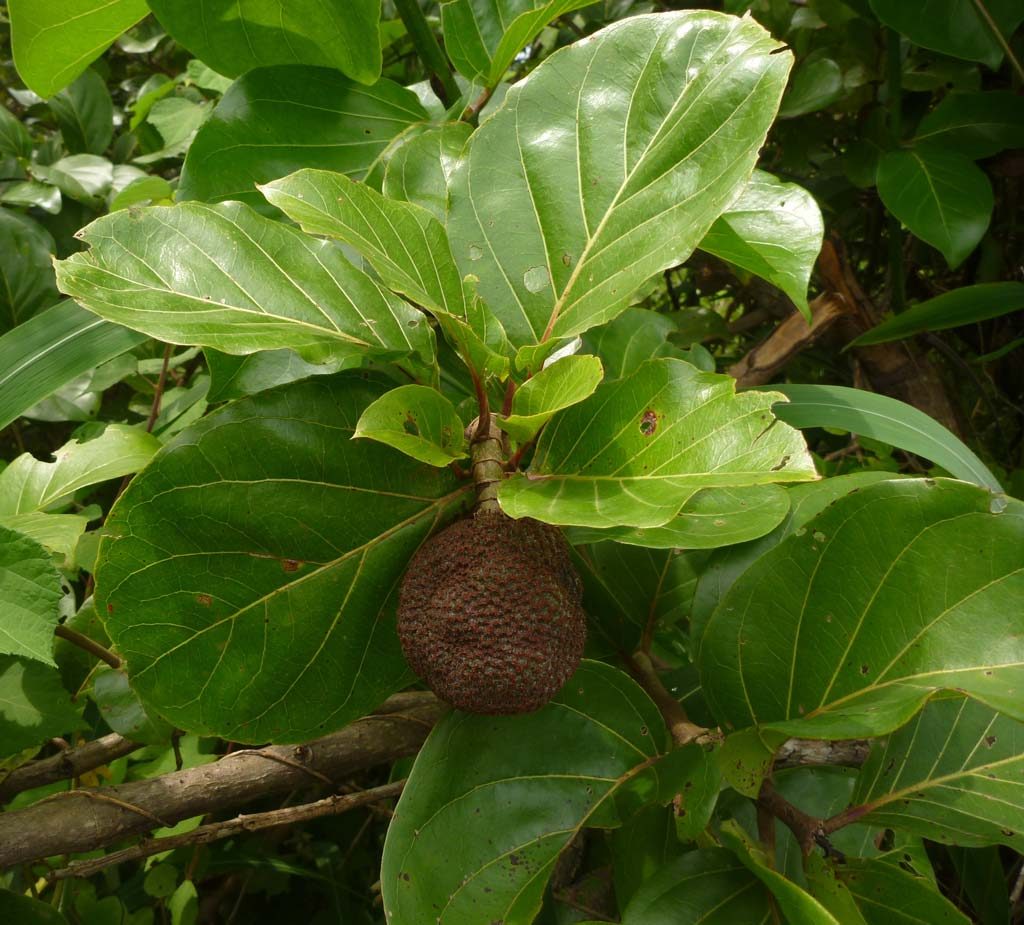
23 Jul Nauclea diderrichii
Scientific name: Nauclea diderrichii De Wild. Merr.
Family: Rubiaceae.
Distribution/conservation status: widespread in evergreen and semideciduous forests, often as a pioneer in gaps and clearings but in low density overall and uncommon in some areas. Vulnerable (VU) due to heavy exploitation for timber.
Common names: African peach (English), Opepe (Yoruba), Obliakhe (Edo), Uburu (Igbo), Tafaashiiya (Hausa), Ekobi (Efik). Fruits/Seeds: spherical with pitted, rough, pinkish-grey to red-brown shell, containing numerous tiny pale brown seeds.
Fruiting time: May – June, November – January.
Seed collection: collect fallen fruits from under parent tree and soak in a large container of water for a few hours. Squeeze to crush and expel the seeds. Allow seeds to settle before removing floating debris and draining.
Type of seed: orthodox.
Sowing method: sow seeds in pots or trays, covering thinly in a layer of sand. Sowing medium: river sand.
Germination period: 14 – 28 days.
Germination percentage: 50 – 75%.
Growth/development: seedlings are slow initially then quite fast. They should be large enough to plant out in about 6 weeks.
Note: seeds remain viable for up to a year if stored in an airtight, lightproof container. Take care when watering seedlings as excess moisture may cause damping-off, especially if seedling density is high. Infestation by the shoot-boring moth, Orygmophora mediofoveata destroys principal shoot, resulting in stunted growth and formation of multiple shoots. Protect saplings from duiker, deer and monkeys.

Nauclea diderrichii fruiting. credits: D.Bown

